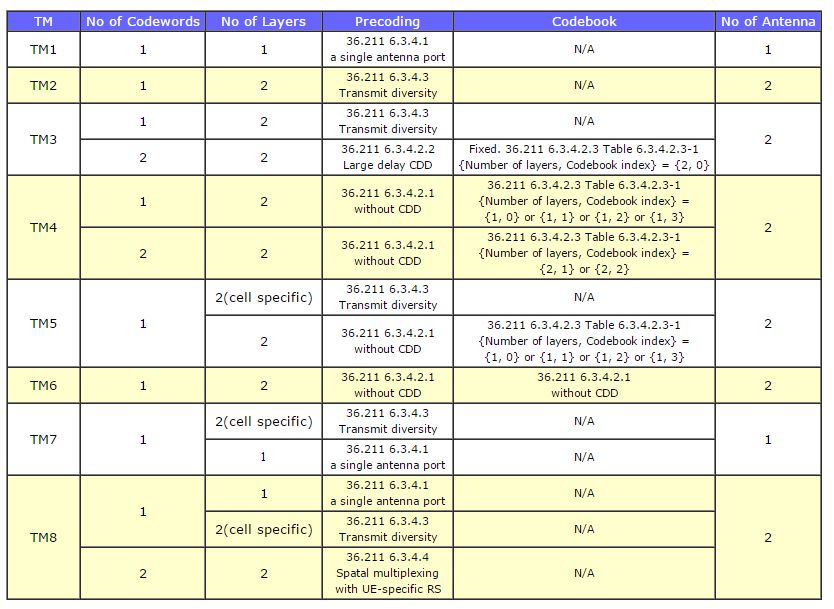My understanding of what an OFDM modulator does, is that it takes a parallel sequence of QAM symbols of size M, pads it with zeroes corresponding to the zero subcarriers, then passes them through an IFFT block of same size M. IFFT is used because it can digitally create subcarriers.
My questions
1- Is the result output of the IFFT operation, an OFDM symbol of length M too?
2- Is EACH OFDM symbol going to be weighted sum of the ALL the QAM symbol?
3- How do things change if we have two antennas instead of one, do we have an OFDM modulator to each antenna? For example when using the Alamouti scheme? I have no clear vision how things change in this case, i.e what is the input at the IFFT now?
I am looking forward for answers thank you.


